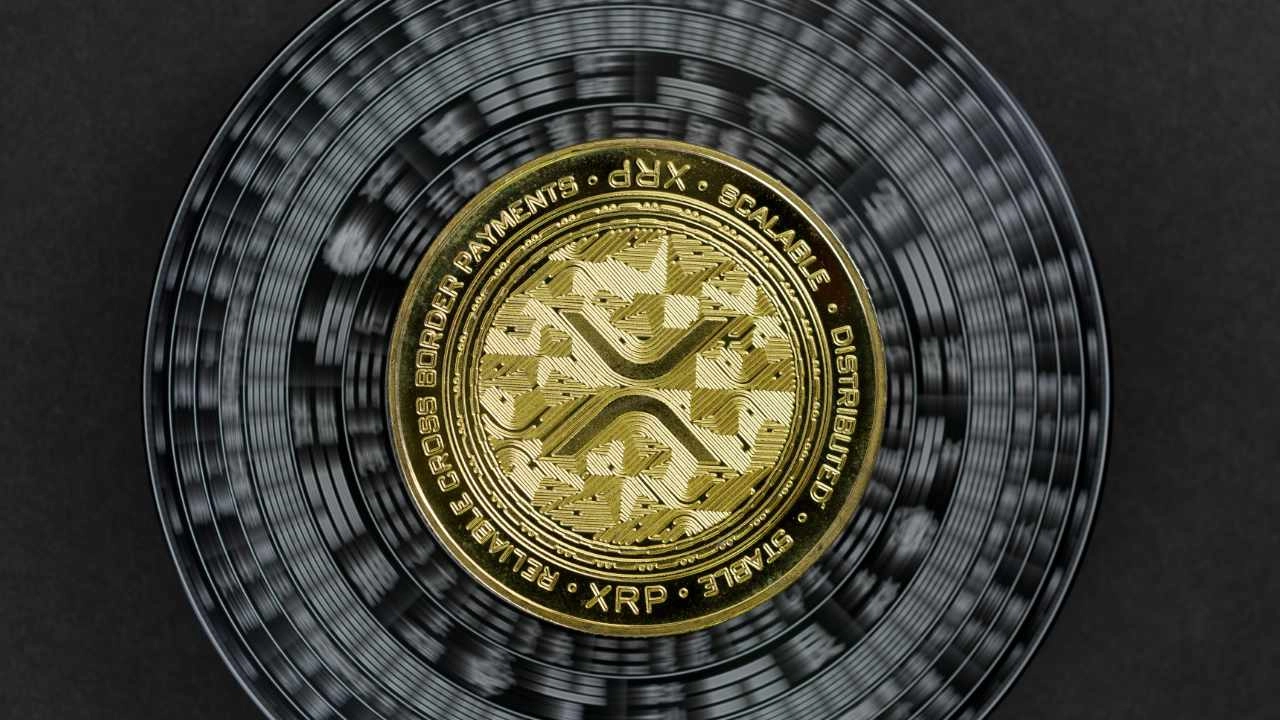XRP Ledger is emerging as the blueprint for global financial infrastructure, combining unmatched scalability, real-world utility, and institutional-grade design already a decade in the making.
 Kevin Helms
Kevin Helms 
XRP Ledger Positioned for Global Infrastructure Leadership, Ripple CTO Says
Ripples chief technology officer, David Schwartz, explained on social media platform X on Aug. 13 that the increasing trend of stablecoin and payment companies developing their own blockchains reflects growing consensus around blockchain as fundamental financial infrastructure. He pointed to the XRP Ledger (XRPL) as a model that has already fulfilled this role for over a decade. The Ripple CTO wrote:
The XRPL has real traction and institutional adoption because its been battle-tested, updated, and improved upon for well over a decade.
In his remarks, Schwartz underscored the technical and operational advantages of XRPL. Unlike chains that rely on permissioned validator sets managed by centralized parties, which can hinder network scalability and openness, XRPL offers a hybrid model. It is fundamentally public and permissionless, but with features to support compliance in regulated environments. This structure, he argued, positions the ledger to function as global financial infrastructure capable of linking participants and markets across jurisdictions.
Schwartz explained how XRPL enables efficient and low-cost transactions, stating:
You can pay directly in XRP for any issued asset, avoiding the friction and hidden costs of buying another token just to transact. XRP is counterparty-free, accessible by all, and used as a bridge asset with real utility for payments, settlement, and liquidity. (Every transaction on the XRPL uses/burns XRP.)
The Ripple executive also noted that core design choices pioneered by XRPLsuch as deterministic finality and Proof of Authority-based consensusare increasingly being replicated by newer platforms, suggesting an emerging alignment on best practices for blockchain-based financial infrastructure. He concluded: Looking forward to the next phase of XRPL innovations, bringing more programmability, compliance-grade capabilities, and deeper liquidity for institutional use.



